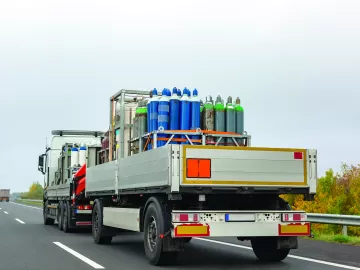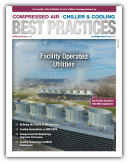Nitrogen Generation System Helps Death Wish Coffee Gain Production Efficiencies
As founding members of a startup company in the compressed air and gas purification and separation industry, nano-purification solutions felt a kinship with the owners, employees and mission of Death Wish Coffee Co. The kinship and nano-purification solutions’ expertise in onsite nitrogen generation led to the installation of a nitrogen generation system that contributes to the overall efficiencies and operational costs savings at the coffee roaster’s production operation in Round Lake, New York.




